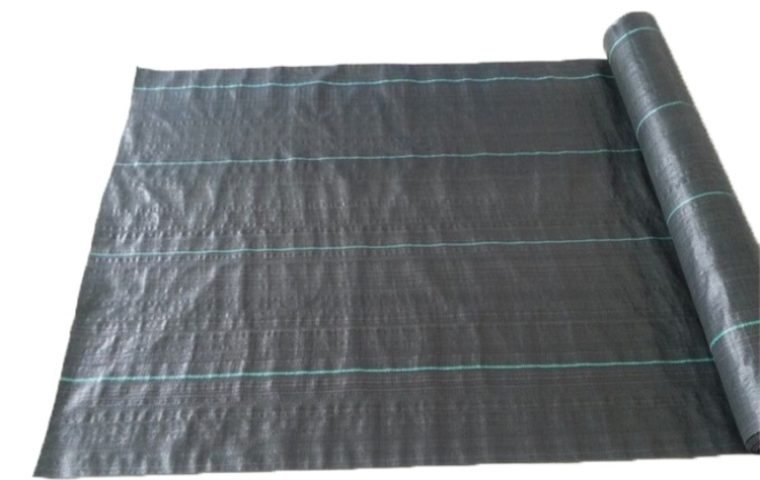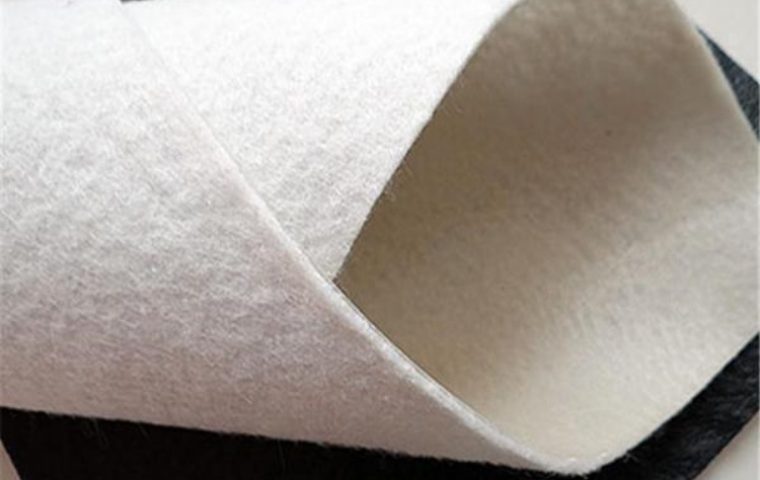Installing a geomembrane alone risks punctures and costly leaks. This hidden vulnerability jeopardizes the entire project, leading to failure and expensive repairs that far outweigh any initial material savings.
Geomembranes and geotextiles work better together because the geotextile protects the geomembrane from punctures, provides drainage to relieve water pressure, and increases friction for slope stability. This synergy creates a robust, durable system that extends the project's lifespan.
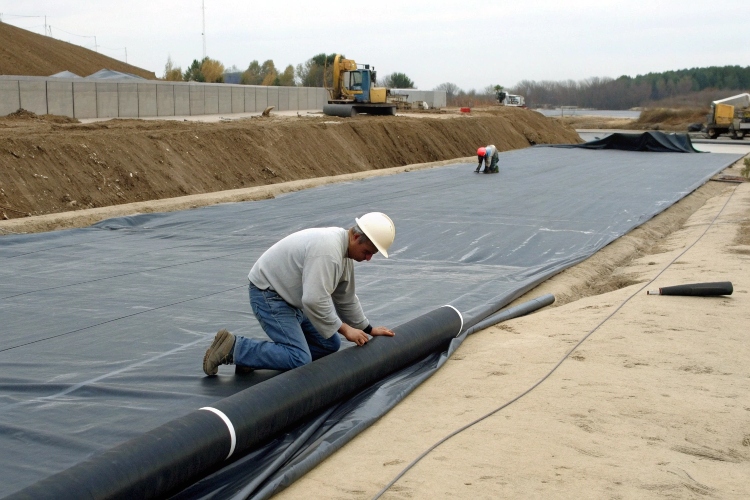
Many importers or project managers view these as two separate products and question the added cost of the geotextile. However, in most critical applications, this is a dangerous oversimplification. The real value emerges when they are designed to function as a single, integrated system, where the geotextile acts as the bodyguard for the impermeable geomembrane liner.
What are the main functions of geomembrane and geotextile in engineering projects?
Specifying the wrong geosynthetic material for the job is a common error. A geotextile cannot stop leaks, and a geomembrane cannot filter soil, leading to system failure if their roles are misunderstood.
A geomembrane's sole function is to be an impermeable barrier, stopping liquid and gas. A geotextile performs multiple functions: separation, filtration, drainage, and crucially, protection. They serve entirely different but complementary purposes.
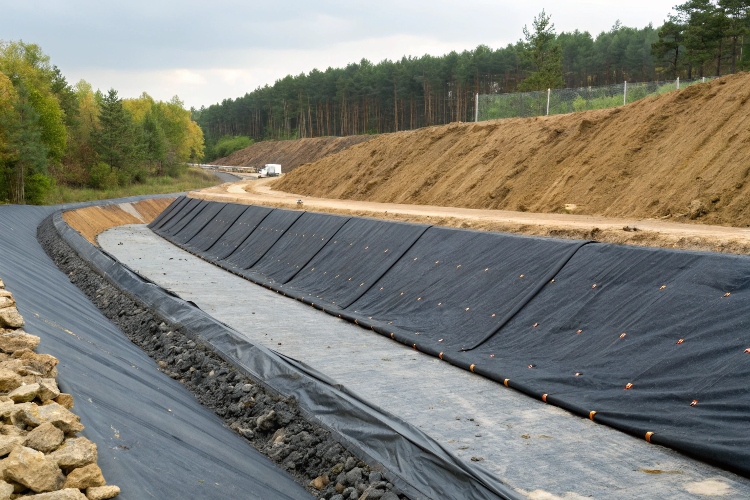
Understanding this functional difference is key to designing durable systems. A geomembrane is the waterproof shield, but it's vulnerable. A geotextile is the versatile workhorse that protects that shield and manages the surrounding soil and water conditions, ensuring the entire system performs as designed for decades.
Core Functions at a Glance
| Geosynthetic | Primary Function | Key Role in a System |
|---|---|---|
| Geomembraan | Containment (Impermeability). Blocks liquid/gas flow. | Acts as the primary leak-proof liner. |
| Geotekstiel | Protection, Separation, Filtration, Drainage. | Protects the liner, prevents soil mixing, allows water passage. |
Why is it important to combine geomembrane and geotextile during installation?
Thinking the geomembrane alone is tough enough is a high-stakes gamble. Sharp rocks in the subgrade or cover aggregate can create small, undetected punctures that grow into major leaks over time.
It is critical to combine them because the geotextile layer acts as a mechanical cushion, protecting the geomembrane from puncture and abrasion a a low cost. This single function dramatically increases the reliability and service life of the entire containment system.
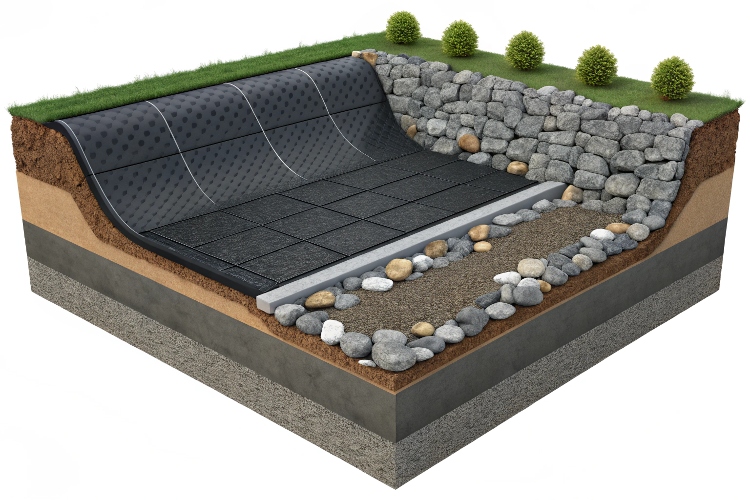
This protective mechanism is the most important reason for using the two materials together. The relatively inexpensive geotextile acts as insurance for the more critical geomembrane. By absorbing point loads and blunting sharp objects, it mitigates the single greatest risk during installation and long-term operation. Furthermore, it increases interface friction, preventing the smooth geomembrane from sliding on steep slopes. For any project with a rough subgrade or a long design life, a geotextile is not an optional accessory; it's a mandatory component.
In which applications does the geomembrane–geotextile combination provide the best performance?
You know the combination is beneficial, but where is it absolutely non-negotiable? Applying this system where it's not needed wastes money, but omitting it in a high-risk scenario is a recipe for disaster.
This combination provides the best performance in high-stakes applications like landfill liners, reservoirs on rough terrain, steep slope stabilization, and heap leach pads. In these projects, a puncture in the geomembrane could have severe environmental or financial consequences.
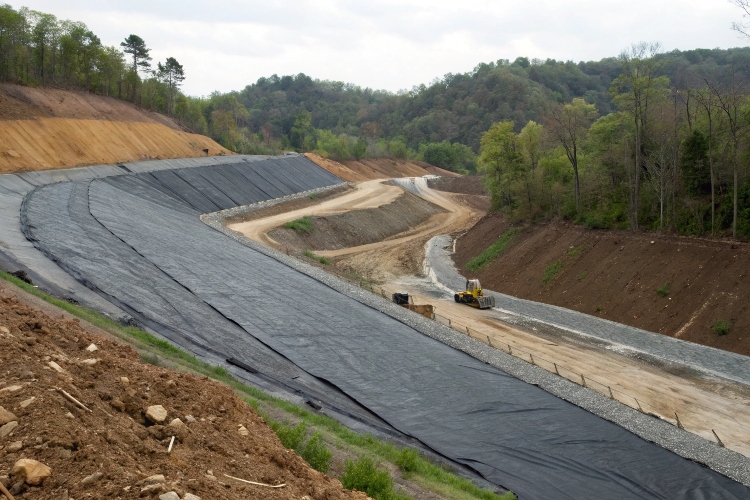
While a simple decorative pond might not require a geotextile, critical infrastructure projects demand this robust system. The geotextile provides the necessary resilience to handle the harsh operational conditions typical of these environments.
High-Performance Applications
| Application | Primary Benefit of the Combination |
|---|---|
| Landfills | Unmatched puncture protection from waste and construction equipment. |
| Reservoirs | Cushions the liner against sharp subgrade, ensuring water containment. |
| Steep Slopes | Increases interface friction, preventing the liner from sliding down. |
| Mining Pads | Protects the liner from sharp ore and heavy operational loads. |
How can I select the right geomembrane and geotextile pairing for long-term durability?
Simply throwing any geotextile next to a geomembrane is not engineering. An underspecified geotextile won't provide adequate protection, while an over-specified one wastes budget, negating the cost-benefit.
Select the pairing by matching the geotextile’s weight and type to the site-specific risks. Use a heavier, nonwoven geotextile for sharp subgrades requiring high puncture resistance, and consider a lighter one for separation on smoother soils.
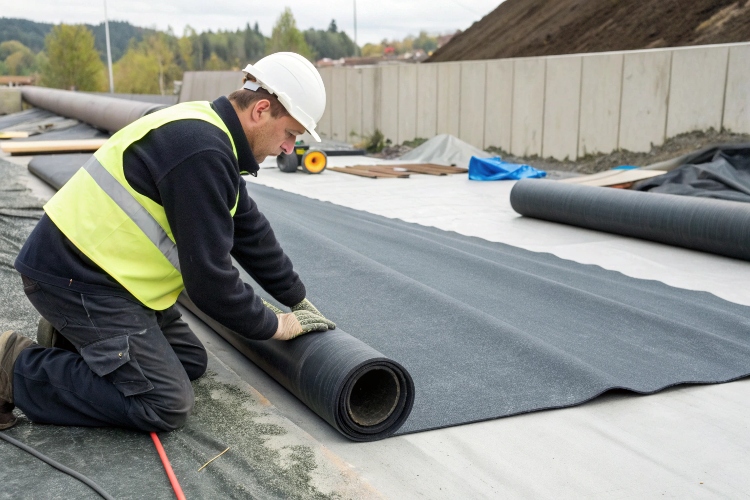
The decision should be data-driven. A nonwoven, needle-punched geotextile is almost always chosen for protection due to its cushioning ability. The key variable is its weight (measured in oz/yd² or g/m²). The sharper and more angular your subgrade or cover material, the heavier the geotextile needs to be to provide adequate long-term protection for your geomembrane investment. Always evaluate your site conditions to specify a pairing that delivers durability without excessive cost.
Conclusion
Combining geomembrane and geotextile isn't an optional upgrade; it's an engineered system. The geotextile provides essential protection, ensuring the geomembrane's long-term performance and reducing your total project risk.

